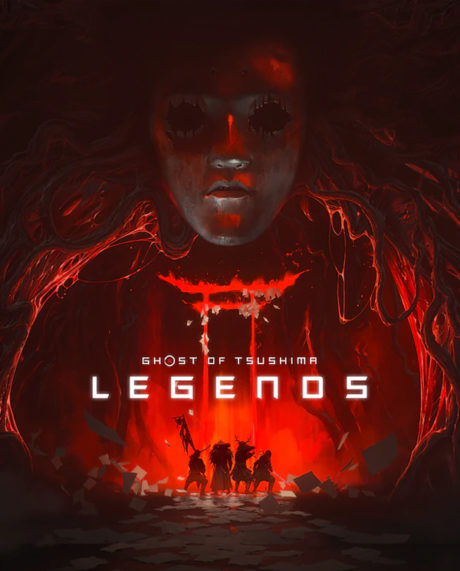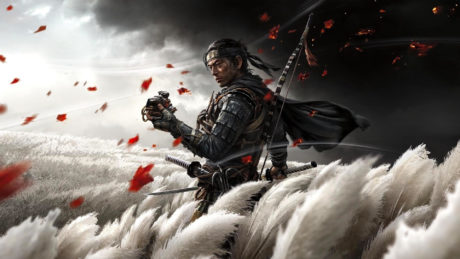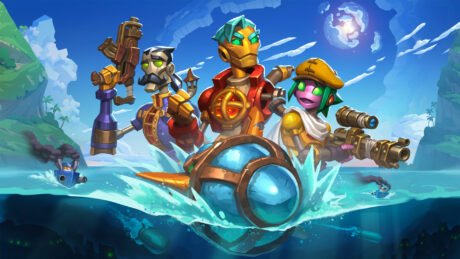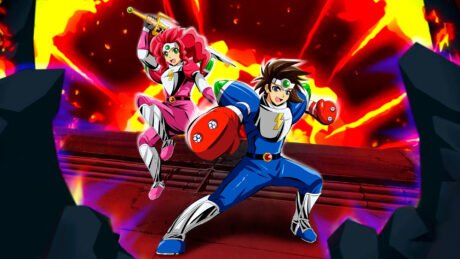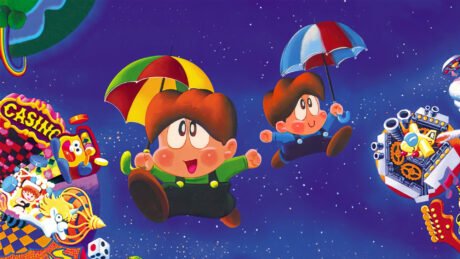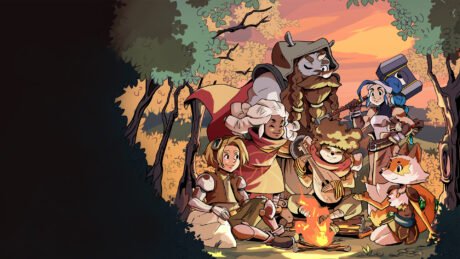Purrr....
- Engaging, challenging gameplay in co-op mode
- New character classes provide fun team dynamics
- FREE!
Hisss!
- Typical trouble with random matchmaking
- Lacking new story content in solo mode
Platform
PlayStation 4Publisher
Sony Interactive EntertainmentDeveloper
Sucker Punch ProductionsSeries
Ghost of TsushimaGenre
Action, Adventure, StealthPlayers
1-4File Size (Minimum)
8.4 GBRelease Date (NA)
Oct 16, 2020Purchase From
Filed Under
Developer Sucker Punch shook the gaming world in October with the release of their free DLC, Ghost of Tsushima: Legends. Free to owners of the game with Playstation Plus memberships, Legends focuses primarily on a cooperative experience, with a few additions to the solo game. Unlike the base game, the villains of Legends are fantastical in nature. Enslaved ghouls, magic wielders, and powerful oni are now vying for power, and the player and their teammates face challenging battles that require a different approach from the Tsushima that they are familiar with.
Teamwork Makes the Dream Work!

There are two types of gameplay in co-op mode: story and survival. In story mode, a team of two players progress through a series of chapters of increasing difficulty. The player can either team up with an online friend, or be randomly paired with another player. Each chapter provides a unique challenge, such as spiritually twinned bad guys that need to be eliminated at the same time, invisible ghosts, or bosses that provide buffs to their underlings. This encourages the player to be strategic in their attacks, and coordinate with their partner. Difficulty increases through Bronze, Silver, and Gold levels, ending in Nightmare. Completing chapters in Nightmare awards points toward a leaderboard that refreshes weekly. Story mode can be attempted as a solo mission, but the player will struggle at higher levels without a partner. Optional goals, like battling a group of supercharged oni, are available if the players want an increased challenge and larger rewards. Story mode feels more like the solo game, where the player has more control over the pacing, and has a better chance of executing stealthy attacks. Successful, synchronized attacks with your teammate are delightful and a highlight of story mode.
In survival mode, a team of four players must defend a series of bases from waves of attackers. Bronze through Nightmare (which gets you on the weekly leaderboard) difficulties have increasing numbers of waves and harder requirements for success. The team must decide when to converge at a particular base to defend it, and when to separate when multiple bases are simultaneously under assault. Spreading resources too thin can cause a player to get overwhelmed and need rescuing, while grouping up too much can leave a base unguarded. The team loses when all bases are lost, or all players have died. The player can either play with a full or partial team of friends, or be randomly assigned into a team. Voice chat makes survival mode at higher levels infinitely easier, either with friends or randoms, to help coordinate the team’s movements. When appropriately leveled, the action is exciting and nonstop, with only a moment to catch your breath between waves.
When the Going Gets Tough…

Raids were introduced to Legends at the end of October. The biggest challenge thus far, raids have a minimum level requirement to enter, and require an existing team of four players – the matchmaking system won’t work for raids. Like an advanced story mode chapter, the team progresses through a series of difficult puzzles and battles with an unforgiving time limit. Too many screw-ups or taking too long will send you back to the beginning of that section. Each chapter takes a significant amount of time to finish, and with the team requirements, it may take some real-life planning and coordination to get your whole team together to raid. However, the in-game rewards and the out-of-game sense of satisfaction make the hassle well worth it. Both story and survival modes award gear when completed. Gear, such as swords, bows, ghost weapons, and charms are equipped to give your character increased damage and defensive abilities. Gear can be broken down into parts to modify and customize better gear, strengthening your character. Modifying gear is primarily luck based, which can get frustrating, but it makes getting a good piece of gear all the more exciting. Your gear level, or Ki, is the best determination of how strong your character is. Each chapter in story and survival mode gives recommended Ki levels so that you know if your character is appropriately leveled, but these are only suggestions. Only raids have set Ki requirements. Otherwise, any player can participate in any level once they’ve unlocked it.
Prior to Legends’ release, a lot of enticing information was given about the different playable classes: samurai, hunter, assassin, and ronin. Each class utilizes unique skills and items to contribute to the team. Generally, the samurai tanks, the assassin stealths, the hunter provides ranged support, and the ronin heals. Every player can approach these classes differently and create somewhat individualized builds, but each class has its own strengths and weaknesses. Luckily, gear obtained with one class can be used with another class, so working on one character benefits all the player’s characters. Leveling each class unlocks different techniques, similar to the main game, but a large portion of your character’s strength comes from the gear you equip. Survival and raid teams thrive when the team uses diverse classes and abilities to deal the most damage and assist each other.
Your New Best Friends

Teams composed of online friends have an advantage over randomized teams. Communication via chat allows for a strategic, coordinated attack. Players can ensure that their team is offensively and defensively balanced for their play style by having multiple classes in their group. Getting paired or teamed with random players from the matchmaking system comes with the typical woes: rude people, wildly over or under-leveled characters, kill stealers, and players that leave when the battle goes awry. Finding a good team of randos has a certain charm though, as people celebrate victories with silly emotes or flute songs. As a player in a country that is still socially distancing, finding a way to connect with friends and strangers online, even for just a game, can be appealing.
Back to the Beginning

In addition to co-op mode, the main game also received some upgrades from the DLC, though primarily cosmetic. New Game Plus gives you a noticeably harder challenge, but with minor changes to the storyline. As long as the player has finished one playthrough, you can begin after the tutorial phase, and start with the memorable title sequence. The player begins with all the techniques they already learned, existing weapons and armor upgraded, but with a wiped out inventory. All supplies, linens, and hides must be regathered for expanded upgrades. Instead of earning repute for finishing quests, the player earns Ghost Flowers that can be cashed in for new cosmetic improvements, like armor dyes and weapon kits, and powerful new charms. These charms introduce some new fun dynamics, like allowing Jin to befriend the enemy’s dogs or cursing yourself to make combat more difficult. Sucker Punch was smart to not make the player repeat some of the more tedious achievements, like finding all the sashimono banners and artifacts. Those still register as complete in your journal. Unfortunately, the fog of war is back, so if you want a completely clear map, you’ll need to repeat that arduous task.
The Final Cut
It’s clear that the main purpose of the Ghost of Tsushima: Legends DLC was for co-op, as the main game improvements are a little underwhelming. However, it’s difficult to complain, given that this DLC was completely free and that the co-op gameplay is stellar. Hopefully, we can expect more story-driven DLC in the future for Ghost of Tsushima.
